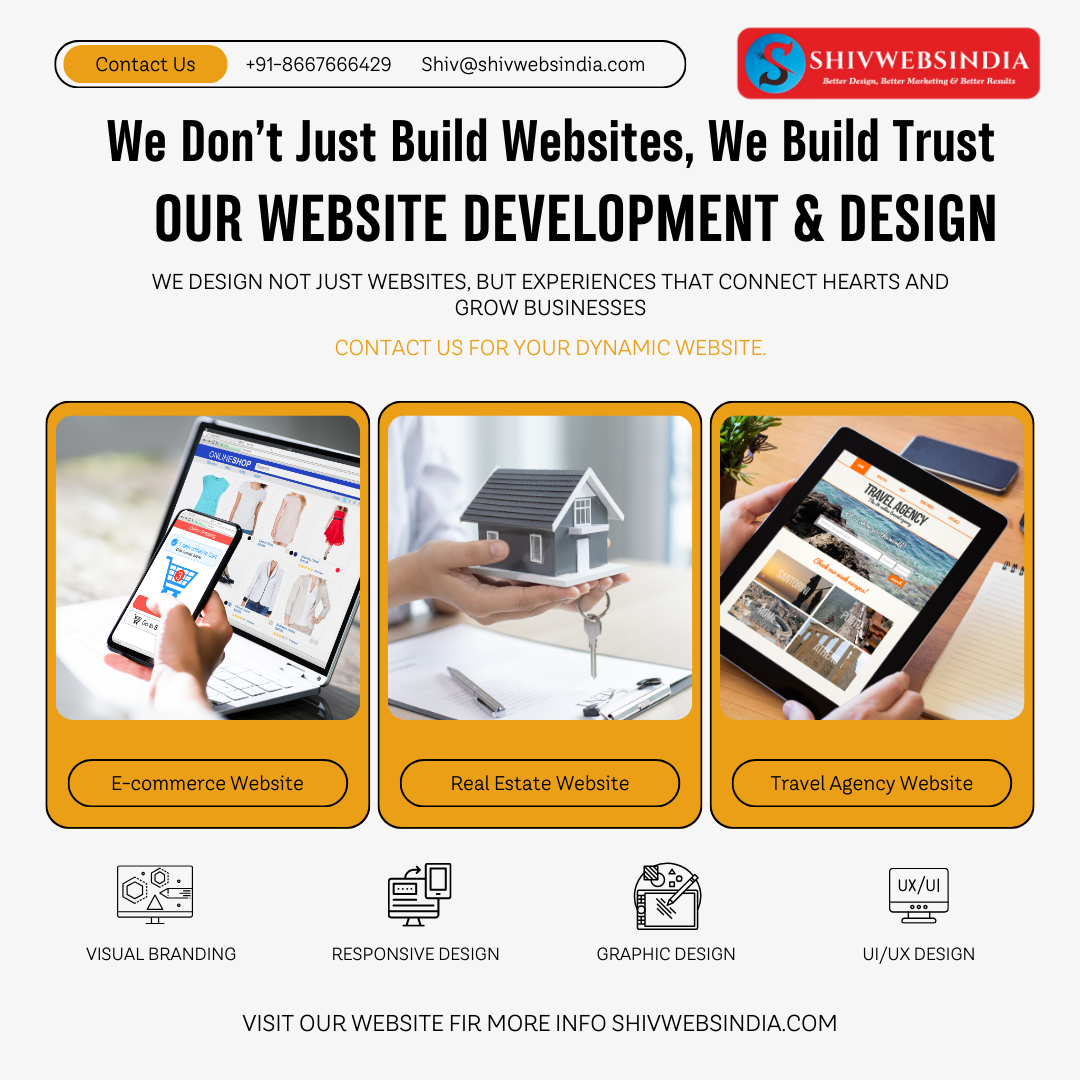The Internet of Things (IoT) is transforming the way we live, work, and interact with technology. Simply put, IoT refers to a network of connected devices that communicate and share data with each other over the internet. From smart homes to industrial automation, IoT is unlocking new opportunities for efficiency, convenience, and innovation.
In this blog, we’ll explore five key points that explain what IoT is, its applications, challenges, and its future potential.
1. What is IoT and How Does it Work?
The Internet of Things connects everyday objects—like appliances, vehicles, and machines—to the internet, enabling them to collect and exchange data.
-
Core elements of IoT:
-
Sensors & Devices – Collect data (temperature, motion, pressure, etc.).
-
Connectivity – Transfers data via Wi-Fi, 5G, Bluetooth, or LPWAN.
-
Data Processing – Cloud platforms analyze and process data.
-
User Interface – Provides actionable insights to people or other systems.
-
👉 Example: A smart thermostat detects room temperature, sends data to the cloud, and automatically adjusts heating or cooling for comfort and energy savings.
2. IoT in Everyday Life
IoT is deeply integrated into our daily routines, making life more convenient and efficient.
-
Smart Homes: Devices like Alexa, Google Nest, and smart bulbs allow homeowners to control lighting, appliances, and security systems remotely.
-
Wearables: Fitness trackers and smartwatches monitor heart rate, sleep cycles, and activity levels.
-
Smart Cities: IoT applications like intelligent traffic systems reduce congestion, while smart streetlights save energy.
-
Connected Vehicles: Modern cars use IoT for GPS navigation, predictive maintenance, and even autonomous driving.
👉 IoT has turned homes, cities, and devices into intelligent ecosystems that respond to our needs in real time.
3. IoT in Business and Industry
Industries across the globe are adopting IoT to streamline operations, improve efficiency, and reduce costs.
-
Manufacturing (IIoT – Industrial IoT): Sensors monitor equipment to predict failures before they occur (predictive maintenance).
-
Healthcare: Remote patient monitoring devices collect real-time health data, improving care and reducing hospital visits.
-
Agriculture: IoT-based smart farming uses soil sensors, weather stations, and drones to maximize crop yield.
-
Retail & Logistics: IoT enables inventory tracking, smart shelves, and real-time supply chain monitoring.
👉 Businesses using IoT gain a competitive edge through data-driven decision-making and automation.
4. Challenges and Risks of IoT
While IoT offers many benefits, it also comes with challenges that need attention.
-
Security Risks: More connected devices mean more entry points for hackers.
-
Privacy Concerns: Devices collecting personal data can raise serious privacy issues.
-
Interoperability: With thousands of IoT devices available, ensuring they all work together smoothly is difficult.
-
Data Overload: IoT generates massive amounts of data that require efficient storage and processing.
👉 For IoT to succeed, companies and governments must invest in cybersecurity, standardization, and data management solutions.
5. The Future of IoT: Smarter, Faster, and More Connected
The potential of IoT is only beginning to be realized. With advancements in 5G, AI, and edge computing, the future of IoT looks even more promising.
-
5G Networks: Enable faster, low-latency communication between billions of devices.
-
AI + IoT (AIoT): Artificial intelligence will make IoT systems smarter, allowing devices to learn and adapt.
-
Edge Computing: Data will be processed locally on devices, reducing reliance on cloud servers and improving speed.
-
Expansion in New Sectors: IoT will play a bigger role in smart healthcare, precision farming, renewable energy, and defense systems.
👉 By 2030, experts predict that over 25 billion devices will be connected worldwide, shaping a highly connected digital ecosystem.
Conclusion
The Internet of Things is not just about connecting devices—it’s about creating intelligent systems that make our lives smarter, safer, and more efficient. From smart homes and healthcare to industrial automation and smart cities, IoT is revolutionizing every sector.
However, challenges like security, privacy, and interoperability must be addressed to ensure sustainable growth. With the rise of 5G, AI, and edge computing, IoT will continue to transform the world, bridging the gap between the physical and digital realms.
The future is connected, and IoT is the network that will power it.










